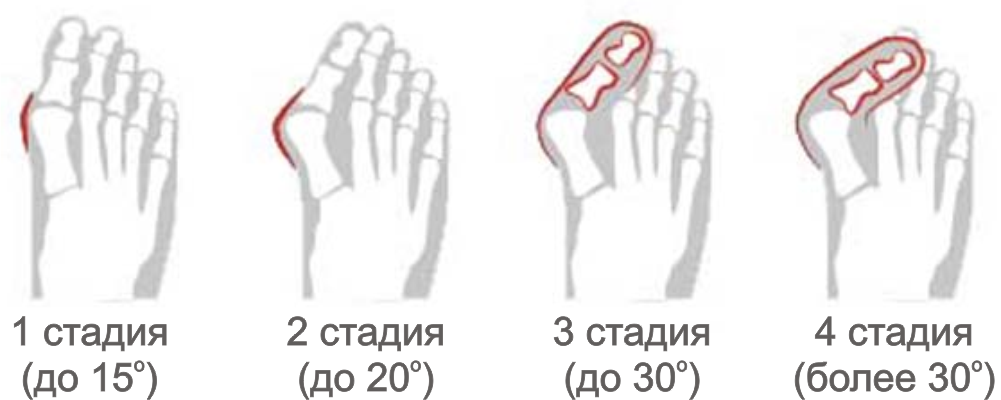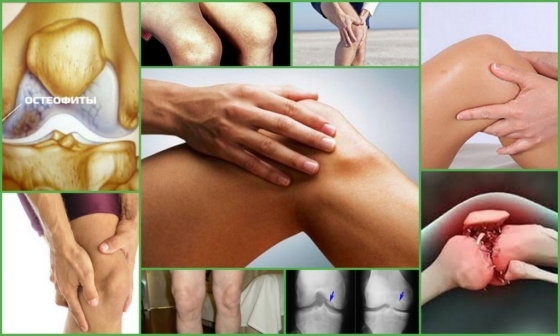Idiopathic tinnitus and tinnitus, causes and treatment
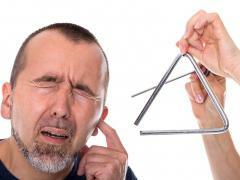
Noise in the ears, or tunnus, is a very common phenomenon, especially among patients in older age groups.This phenomenon under certain circumstances arises in the vast majority of people, but more often than this noise has a transient nature.
It should also be taken into account that the current prevalence statistics of this disease are likely not to be highly accurate, since a large number of patients with ringing in the ears do not seek medical help.To a neurologist or an otorhinolaryngologist, such patients usually find themselves when the noise becomes intolerable, but if the manifestations are stable and do not progress, then there are often no appeals.
However, it is not uncommon for a situation where the noise in the ears becomes so pronounced that it begins to significantly worsen the quality of life.Treatment of such conditions is often complicated by the fact that it is often impossible to establish the cause of the onset of tinnitus.
Contents:
- What is tinnitus?
- Features of the classification of tinnitus
- Differential diagnosis for hearing disorders
- Tinnitus with cardiovascular diseases
- Nervous system diseases leading to tinnitus
- Possible treatment of idiopathic tinnitus
Noise in the ears - as manifestedAnd how can it arise?
Noise in the ears, which is heard by the patient in the absence of any external source of sound vibrations, can be described by patients in different ways.In some, it only appears in silence, and it hinders life minimally, such noise, as a rule, uniform, without changes, this sound can be described as clicks, squeaks, or even a sequence of clicks, similar to the transmission on the Morse code.
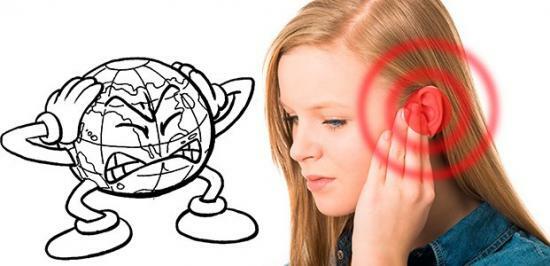
Tinnitus can be either unilateral or bilateral, accompanied, or not accompanied by a hearing loss.The mechanisms of occurrence of such auditory sensations are different, noise can arise as a consequence of the pathology of the cardiovascular system, when the noise is audible due to a certain pathological process by the blood current in the vessels passing near the tympanic membrane, or other structures of the inner ear.
However, this noise is considered secondary, as it occurs against a background of a certain disease, and subject to the appropriate treatment of this pathology, this symptom, depending on the cause, caused it, or decreases in intensity, or completely passes.However, in a number of cases, a primary diagnosis, or idiopathic tinnitus, is established, which implies that during the examinations the cause of tinnitus was not detected.
Noise in the ears - classification
It is customary to distinguish several types of noise in the ears:
- Primary, or idiopathic tinnitus.Can both be combined with hearing loss, and be completely independent manifestation.The cause of this condition in this case remains unknown, which significantly complicates the appointment of adequate treatment.
- Secondary noise in the ears.Secondary tinnitus is a symptom of some other pathology, and not an independent disease.The reason can be the defeat, both the structures of the ear itself, and the cardiovascular system, the conducting pathways, the brain.
- Recent noise in the ears.According to the patient, tinnitus causes discomfort and anxiety for less than six months.
- Constant noise in the ears.It is considered such in the case if it lasts more than six months.
- An annoying noise in the ears.This variant of tinnitus is accompanied by a marked decrease in the quality of life of the patient being examined, and can lead to poor health.As a rule, such noise in the ears forces the patient to seek medical help, since tinnitus seriously interferes with normal life.
- Non-urgent version of noise in the ears.Patients with this version of tinnitus may not seek specialist help for years, as such tinnitus does not cause significant discomfort, and does not lead to a strong and persistent decline in the quality of life.However, some patients still want to learn more about the cause, possible treatment and further development of this disease.
Diseases of the hearing organ and differential diagnosis of tinnitus
Various diseases of the auditory analyzer can lead to the development of noise in the ears.Tinnitus can then be caused both by inflammatory processes and by problems with sulfur outflow from the auditory canal.Transient, and usually quite short-term noise in the ears can occur in the event of getting into the ear canal water.
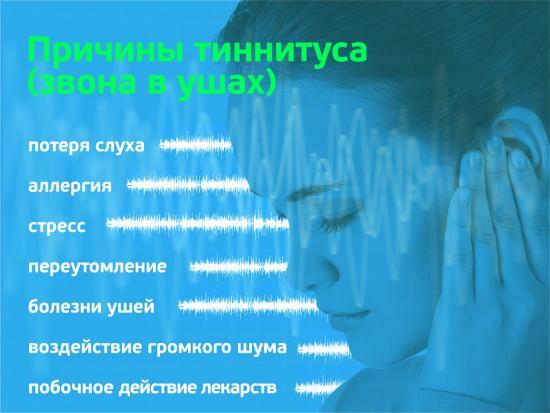
Often, and options, when due to the presence of surplus sulfur there is an unpleasant noise.Diagnosis of these causes is simple enough - it is enough to collect anamnesis, complaints, and perform otoscopy.Treatment is to remove excess sulfur, which, as a rule, is performed by washing.
Inflammatory nature of damage to the structures of the ear can also be accompanied by tinnitus.In most cases, differential diagnosis is not difficult, because in addition to noise in the ears, patients complain of pain, as well as manifestations of general intoxication.Body temperature is often elevated.
Noise in the ears( or in one ear) is also characteristic of Meniere's disease.To distinguish this disease from an idiopathic version of noise in the ears is quite simple.For Meniere's disease, in addition to noise, complaints of dizziness, impaired coordination of movements, loss of sense of balance are also characteristic.Similar complaints with idiopathic noise in the ears usually do not.
Cardiovascular system disorders and tinnitus
Noise in the ears often accompanies both cardiac and vascular diseases.The most common cause of noise in the ears in such cases is hypertensive disease.Sounds that the patient complains of in such cases are caused by the noise of the movement of blood through the blood vessels, which becomes more loud when the blood pressure rises.
Also one of the possible causes is atherosclerosis.Vessels affected by this pathological process lose elasticity, and the presence of plaques further contributes to the occurrence of turbulent blood flow, which causes tinnitus, which only increases in the case of rising blood pressure.
Diagnostics in such cases is also not complicated - with idiopathic noise in the ears, the rise in blood pressure is not determined, and with the help of instrumental research methods( such as ultrasound or arteriography), signs of atherosclerotic vascular lesion can not be detected, and in the lipidogram normalindicators.
Tinnitus in diseases of the nervous system and its differential diagnosis with primary noise
One of the most common causes of noise in neurology is neurinoma of the auditory nerve and neurofibromatosis of the second type.With such diseases, noise in the ears is caused by benign tumors that simply squeeze the neighboring anatomical formations, which leads to the development of characteristic symptoms.
In addition to noise in the ears( which can periodically disappear for a certain period of time), patients are often disturbed by various kinds of disorders of the cranial nerves.This can manifest itself in different ways.There are painful sensations, as well as paresthesia in the area of innervation of the squeezed nerve( manifestations in this case occur on the same side where the neurinoma is located).
Depending on the localization and features of growth, other manifestations such as speech disorders, loss of language sensitivity, the appearance of pathological reflexes are possible.All these clinical manifestations are absent with primary( idiopathic) noise in the ears.Confirm the presence of a tumor usually with the help of computer, or magnetic resonance imaging.
Medication and non-drug therapy of idiopathic noise in the ears
Treatment of primary tinnitus is largely complicated by the fact that the mechanism of occurrence of these sensations is not quite clear.If in the case of secondary noise in the ears can treat the underlying pathology, and this will lead to a decrease, or disappearance of noise, then the secondary is not so simple.
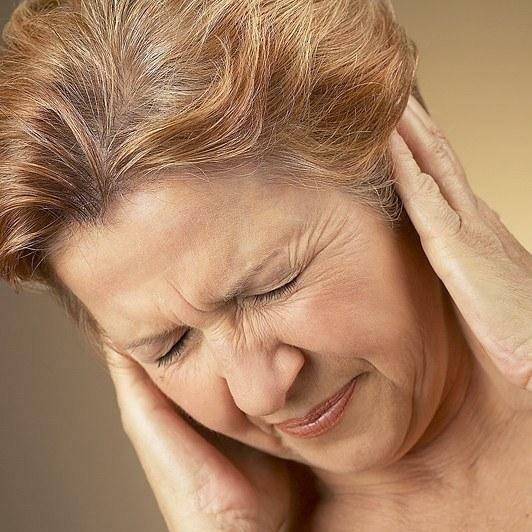
For treatment, both medicamentous and non-medicinal agents can be used:
- Sound therapy can be used - devices that provide a constant background noise in the form of surf noise, rain sounds and the like, which reduces the development of noise in the ears, which are usually the most intense in silence.
- In some cases( when combined with hearing loss) a good effect is provided by the use of hearing aids, which sometimes allow you to cut off extraneous noise.
- An important aspect of the treatment of patients with primary tinnitus is psychotherapy, which helps to improve the patient's quality of life.
- Sometimes the positive effect can be achieved through the use of antidepressants, for example tricyclic like Amitriptyline.
- Some patients are helped by anticonvulsants such as clonazepam or gabapentin, antihistamines and even ordinary non-narcotic analgesics.
Idiopathic tinnitus is exposed as a diagnosis when, after all studies, the cause of tinnitus has not been found.In a number of cases, this pathology can hardly be corrected, since the mechanism of occurrence of noise in the ears remains unclear.In any case, if this symptom occurs, you should seek medical help - if you can not completely eliminate this symptom, then at least you can reduce the intensity of manifestations and improve the patient's quality of life.
Noise in the ears, or tinnitus, is a fairly common phenomenon, especially among elderly patients.This unpleasant condition can be as a consequence of any other diseases, and be primary, or idiopathic.
It is worth recalling once again that timely contact with a doctor, an accurately formulated complaint of problems, correct diagnosis and careful treatment help to achieve a positive result in most cases.It is much more difficult to cope with idiopathic noise in the ears in the event that the cause of its occurrence can not be identified.
More on the causes of idiopathic noise in the ears and its treatment - on the video:

